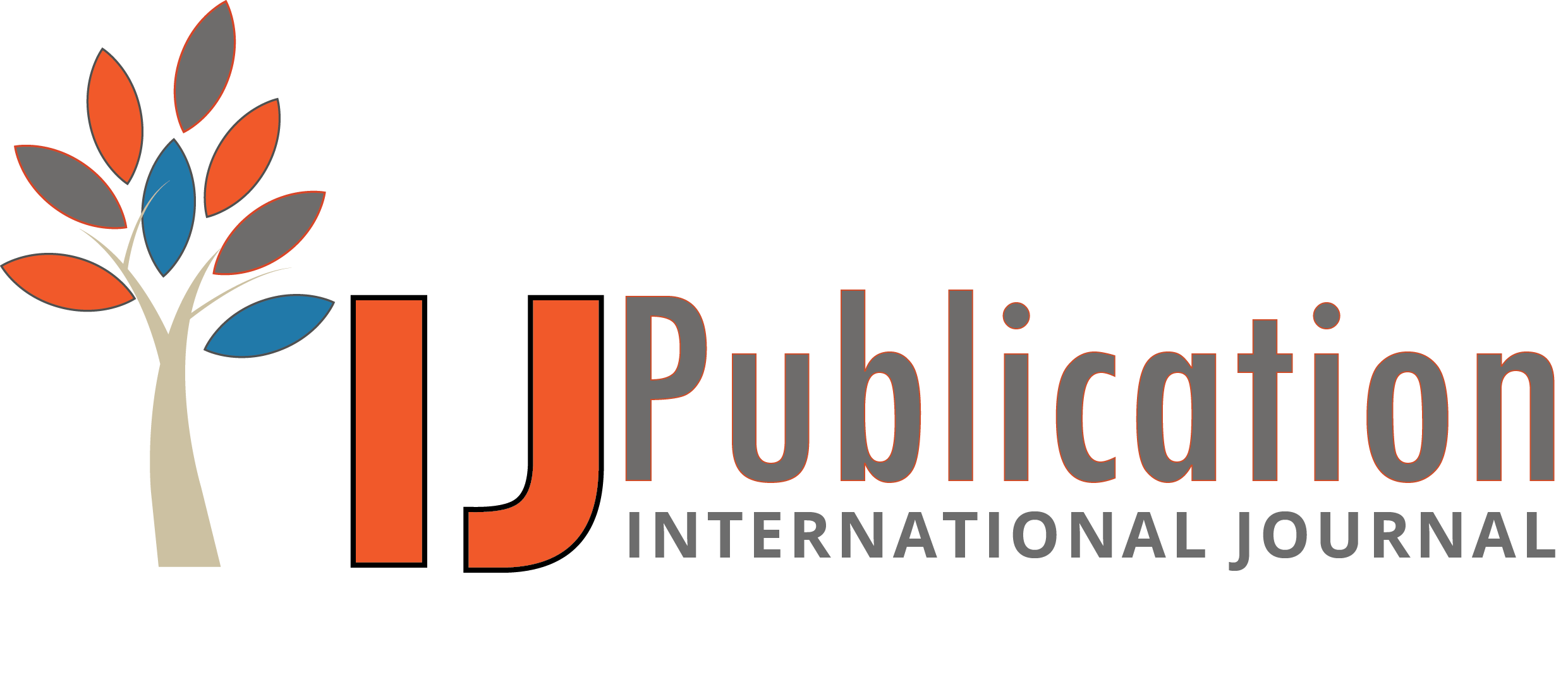Ramya Ramachandran Reviewer
16 Oct 2024 03:26 PM
 Not Approved
Not Approved
Relevance and Originality
The research article addresses a highly relevant issue in modern organizational management: the need for streamlined processes to enhance operational efficiency. By developing a model-driven application in Microsoft Power Apps that integrates various functionalities like leave management, approval workflows, and productivity tracking, this study presents an original solution that can significantly improve organizational effectiveness. The focus on automation and workflow optimization reflects current trends in workplace technology, making the research timely and impactful. By tackling a common problem faced by many organizations, the research contributes valuable insights into the intersection of technology and workplace management.
Methodology
The methodology outlined in the research article is comprehensive and systematically describes the design and realization of the application. The integration of workflow and data flow structures is well-articulated, providing a solid foundation for understanding the app's functionality. However, the article would benefit from more detailed descriptions of specific implementation steps, such as the design of the Data Flow Diagrams (DFDs) and the development process within Microsoft Power Apps. Including examples or case studies demonstrating the application in real-world scenarios would enhance the methodology's applicability and provide clearer insights into the system's effectiveness.
Validity & Reliability
The validity of the model-driven application is supported by its focus on automation and integration of established organizational processes. By embedding business rules and automated workflows, the system is designed to reduce manual labor and ensure consistency across employee tasks. However, the article could improve its reliability by presenting quantitative metrics or performance evaluations of the application post-implementation. A discussion on potential challenges encountered during deployment and how they were addressed would also contribute to the overall validity of the research findings.
Clarity and Structure
The article is well-structured, providing a clear progression from the introduction of the problem to the proposed solution and its implications. The language is generally accessible, though certain technical aspects could benefit from clearer explanations to ensure comprehension by a broader audience. Visual aids, such as flowcharts or diagrams illustrating the application’s workflow, would enhance clarity and help convey complex information more effectively. Overall, while the structure supports the flow of ideas, some sections could be refined for greater clarity.
Result Analysis
The result analysis in the article highlights the potential benefits of the model-driven application, including improved operational efficiency and enhanced employee performance. However, the analysis would be stronger if it included specific metrics or case studies that illustrate the application's impact on productivity and time management. Providing a comparative analysis with traditional manual processes would further emphasize the advantages of the proposed solution. Additionally, insights into user feedback or usability assessments could offer valuable perspectives on the application's effectiveness and areas for future improvement. Overall, while the analysis identifies key benefits, a deeper exploration of actual outcomes would enrich the research contributions.








Ramya Ramachandran Reviewer